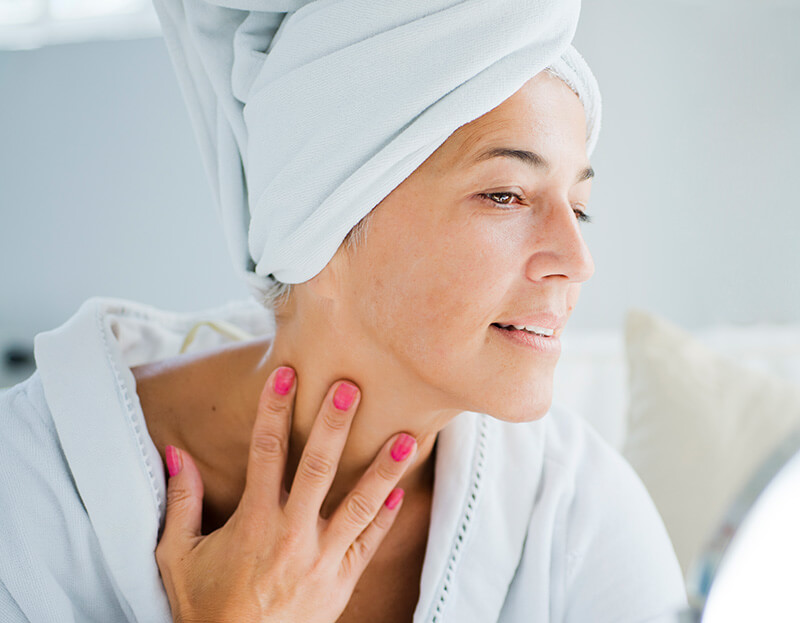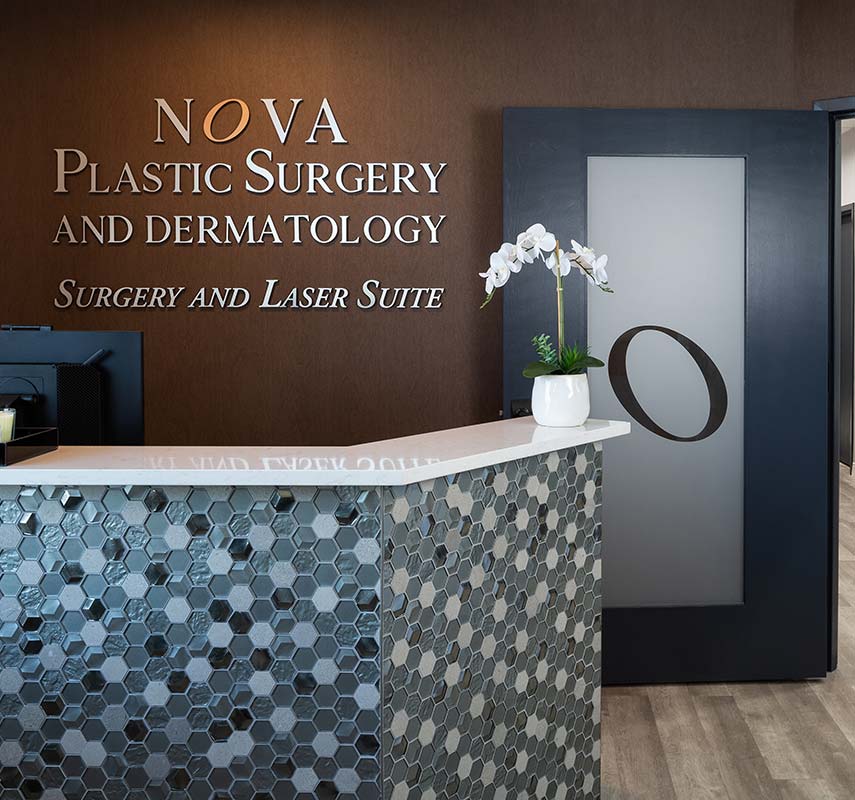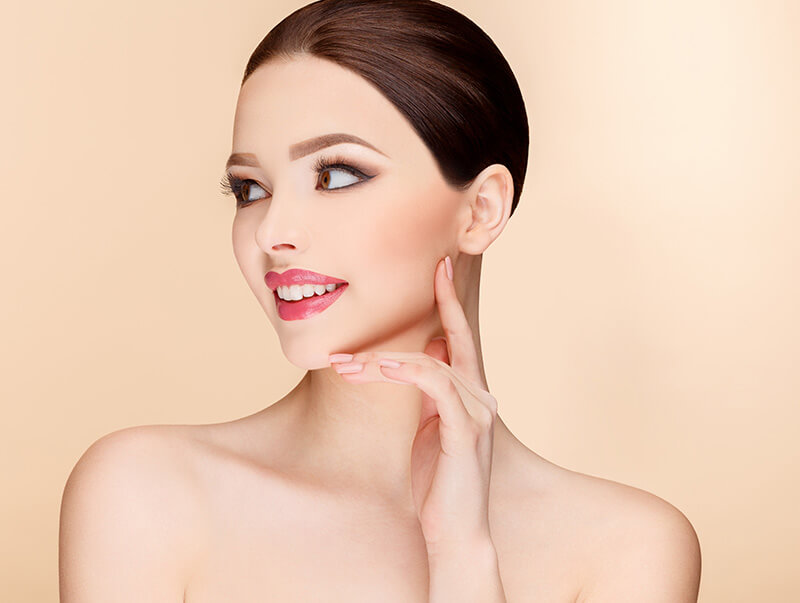
Rosacea and Perioral Dermatitis
Rosacea is a chronic inflammatory condition that usually appears between the ages of 30-50, although it can show up earlier in life. Over time, it typically gets worse but can have periods of remission too. We don’t know why people get rosacea. There seems to be a genetic component though, so it is common to see it running in families.
Schedule a Consultation
Typical Rosacea Symptoms:
- Facial flushing (from heat, stress, exercise, etc.,)
- Acne bumps (cysts or pimples, but not blackheads or whiteheads)
- Facial swelling
- Burning
- Itching
- Rhinophyma (a bulbous nose growth, some people call it “the W. C. Fields nose.”)
- Ropey blood vessels around their nose or on their cheeks called telangiectasia
- Dry, flaky skin is also seen in about half of the people who suffer from rosacea
There are 4 main types of rosacea, and different treatments work better for certain subtypes of rosacea. Many people have an overlap of a few different types of rosacea.
- Erythematotelangiectatic Rosacea – includes flushing of the face, ropey blood vessels and background redness
- Papulopustular Rosacea – causes pimples and cystic acne-like bumps
- Phymatous Rosacea – causes the skin to thicken and scar and can lead to rhinophyma
Ocular Rosacea – leads to itchy, watery, bloodshot eyes, can have burning or stinging and be prone to styes and light sensitivity
Contact Us
Rosacea Triggers
- Temperature (hot or cold weather)
- Certain foods (like chocolate, alcohol, spicy food, caffeine)
- Exercise
- Stress
- Sun exposure
- Demodex mite
Rosacea Treatments
It is important to remember that rosacea is a chronic condition- there is no cure. You may have long stretches of time where it is in remission and you don’t have to do much to treat it.
- Trigger avoidance
- Sun protection – at least SPF 30
- Topical ivermectin to kill Demodex
- Topical niacinamide
- Topical azaleic acid, metronidazole, brimonidine and oxymetazoline
- Laser treatments like BBL
- Oral low-dose doxycycline
Periorificial Dermatitis (Perioral Dermatitis)
Another rash that is very common and often mistaken for acne or eczema is periorificial dermatitis. This rash does not tend to be chronic and eventually goes away, especially with treatment.
Typical Perioral Dermatitis Symptoms:
- Small pink bumps that almost look like pimples around the corners of the mouth, nose or eyes
- Seen in both children and adults
- Often people will first try to apply topical steroids to periorificial dermatitis and during the first few days, and it seems to work. Then the steroid makes it worse. Because of this, topical steroids are not recommended for the treatment of periorificial dermatitis.
Perioral Dermatitis Treatments:
- Very similar to treatments for papulopustular rosacea
- Topical metronidazole
- Azaleic acid
- Topical antibiotics like clindamycin lotion
- For severe cases, high-dose oral antibiotics such as doxycycline or minocycline may need to be used for 4-6 weeks
- For children: similar to the above recommendations. If they are over the age of 8 years old they may even be candidates for oral antibiotics

